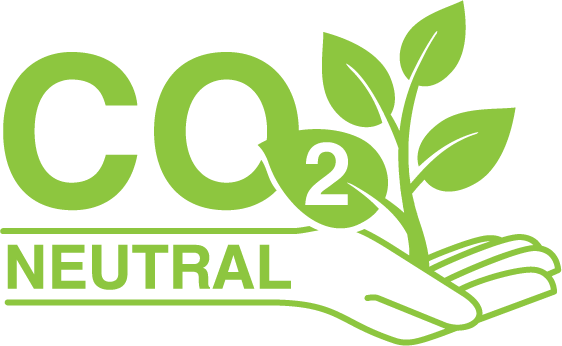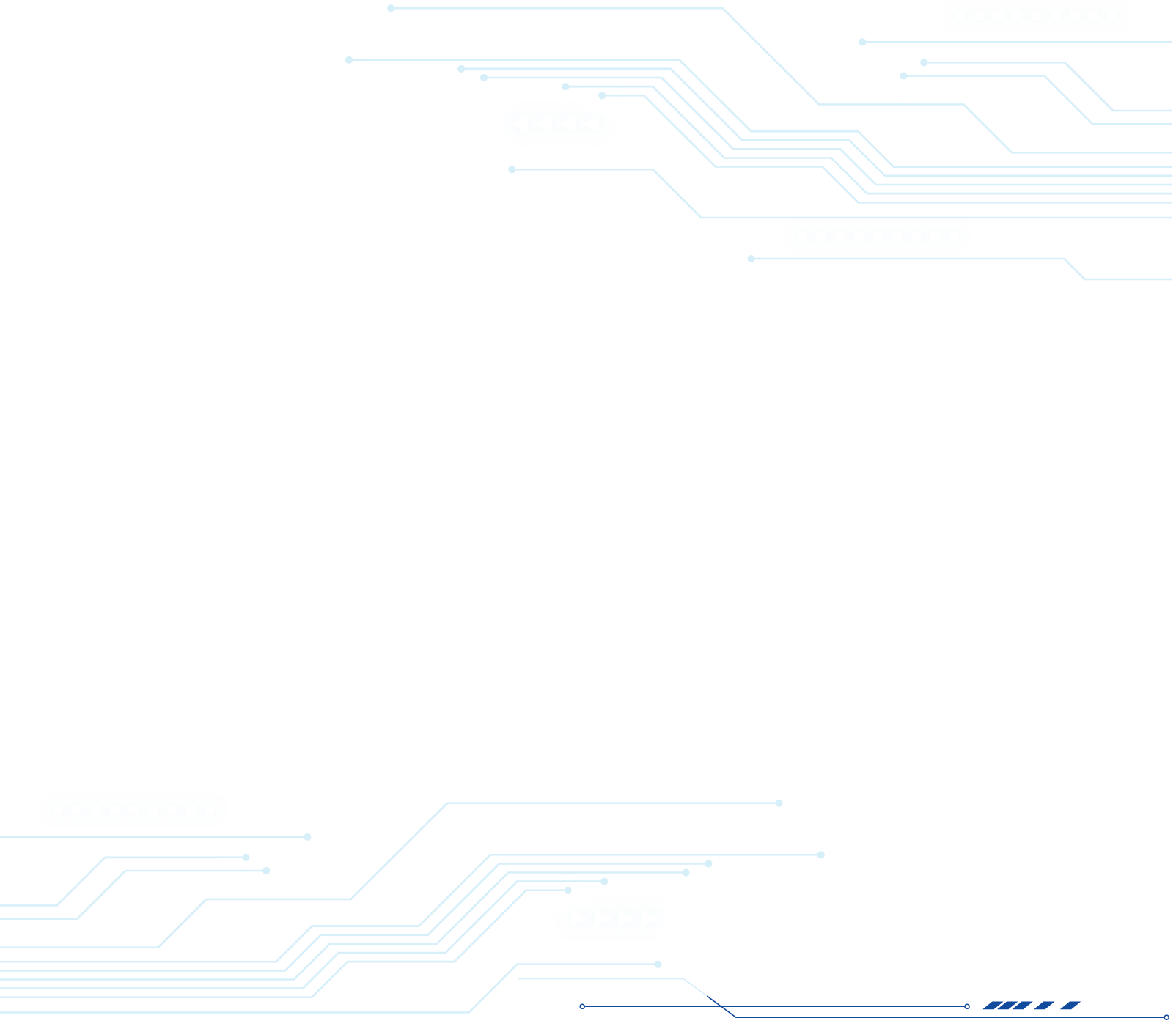

BÁO CÁO PHÁT TRIỂN BỀN VỮNG 2023

The ESG Committee has the following duties:


Recognizing the potential risks, the Company has issued a Risk Management Regulation, which outlines the management principles in the Company’s risk management activities and serves as a legal basis for the Board of Directors, the Audit and Risk Management Committee, the General Director, the Supervisory Board, the Internal Audit Department, and the Company’s units to implement risk management. This regulation is applied consistently and is closely aligned with the Company’s Mission, Vision, Core Values, and Strategic Objectives.
The Company’s risks are identified, assessed, and prioritized by the appropriate
management level based on “Risk Metrics,” which evaluate the likelihood and impact of the risks. All
employees of the Company must comply with the approved Risk Management Framework, Risk Management
Regulation, and Risk Management procedures.
The Environmental and Social Risk Management Policy is central to sustainable
governance and is a key driver for PVCFC to enhance its sustainable development efforts, both now and in the
future.
The Company’s Risk Appetite Statement addresses aspects related to its operations,
including environmental-social risks and information technology risks.
The Company is committed to complying with legal regulations (including those related
to labor safety and the environment) in Vietnam and in the countries and territories where PVCFC
operates.
The Company proactively identifies and meets compliance requirements, establishes, and operates a management system to ensure compliance, including (but not limited to): the Code of Conduct (CoC), policies, procedures, and guidelines in investment, production, business operations, and the fulfillment of contracts/commitments with customers, suppliers, and partners.

Gas Leakage
Climate Change
Wastewater and solid waste impacting air quality and biodiversity
Risk of excessive use of chemical fertilizers beyond the needs of crops, which can impact soil health, pollute water sources, affect ecosystems, and generate greenhouse gas emissions
The Company’s product usage and crop care guidelines are disseminated in various forms: distributing leaflets, posting on the website, through the “2Nông” app on mobile devices, and organizing direct workshops to guide dealers/farmers on using the products at the right time, with the right type, in the right dosage, and in the right way, to minimize loss and reduce undesirable environmental impacts.
The risk of a high turnover rate will reduce PVCFC’s operational efficiency, and the Company will require additional resources to recover
The risk of job shortages for employees can lead to difficulties in career advancement. This risk may arise from various factors, including economic downturns, technological advancements, changes in industry demand, and changes in government policies

The management of environmental and social risks is the responsibility of all units and individuals within the Company who are involved in the Company’s production and business activities. Environmental and social criteria are assigned to departments and will be periodically evaluated by each management level.
According to assessments by international organizations, Vietnam is one of the five countries most severely affected by climate change and rising sea levels. The physical risks related to climate change that have immediate or long-term impacts on PVCFC include floods, rising sea levels, tropical storms, heatwaves, heat shocks, and droughts. With their negative impact and the increasing risk of intensified severity, the abnormal fluctuations of these risks could significantly affect agricultural production areas, which in turn could have a substantial impact on the market’s ability to consume fertilizers. The Mekong Delta, which is a key market for PVCFC, is the region most severely affected compared to other areas in Vietnam.
The transition to a net-zero emissions world is becoming increasingly urgent. With the
desire to take more decisive action on climate change, Vietnam has committed to achieving net-zero emissions
by 2050 at the COP26 conference. This could lead to several risks that PVCFC will face in the transition to
a low-carbon economy.
Changes in the issuance of relevant policies and legal frameworks in the near
future will significantly impact operating costs, arising from the purchase of carbon credits, as well
as increasing the need for capital investment to meet new standards for efficient energy use, including
for companies like PVCFC.
The deployment of new technologies to both decarbonize and meet the growing energy
demand poses technology risks for the nation in general and for businesses like PVCFC in particular. The
reduction in renewable energy costs may create cost competition with fossil fuels, but the deployment of
renewable energy requires significant initial investment. Furthermore, the early discontinuation of
fossil fuel sources is certainly beneficial for the climate, but it may present challenges for large
producers like PVCFC.
Constant changes in international trade regulations, along with global
geopolitical uncertainties, are posing significant challenges for traditional industries. These
industries, particularly, face the threat of transitioning to a low-carbon economy while other countries
are implementing carbon border adjustment policies to accelerate decarbonization. At the same time,
institutional investors are beginning to limit funding for fossil fuel sources. All these factors are
creating significant impacts, especially for exporting countries like Vietnam, where the fertilizer
industry is also significantly affected. Additionally, the imposition of carbon taxes both domestically
and in importing countries may require PVCFC to innovate technology, upgrade equipment, or build new
facilities. This could affect product costs, thereby threatening the company’s profitability.
Based on the established Risk Appetite Statement, Risk Tolerance Levels, and Risk
Metrics, the Executive Management, the Audit and Risk Management Committee (ARMC), and the Board of
Directors (BOD) receive quarterly reports on the implementation of risk management, reviewing and
assessing the identified key risks in the Company’s Risk Register as well as emerging risks. This allows
for timely monitoring and guidance to ensure effective risk management.
Guided by the Board of Directors’ direction on sustainable development, the Company deeply understands the significance and importance of managing risks related to sustainable development. By identifying both the challenges and opportunities that these risks present, the Company will develop appropriate risk management strategies and operational plans.
Disclosure on on risk management or sustainability activities is governed by the
information/document management regulation issued by the Board of Directors (BOD).
When preparing sustainability report the BOD forms a working group, and the relevant
departments/units submit the information/documents under their responsibility to the working group for
compilation and reporting. All information in the report is approved by the Executive Management before
being submitted to the BOD for approval. The Audit and Risk Management Committee (ARMC) and the ESG
Committee are responsible for overseeing, and the BOD approves the disclosure of information on sustainable
development to ensure it meets the required standards.
Recognizing the importance of governance and practice in sustainable development, the
Company has established requirements and policies for the Company’s management and executive team related to
sustainable development, such as:
For the composition of the Board of Directors, in addition to core professional competence requirements, the Company aims for diversity within the Board with criteria that include:
When developing policies on remuneration and compensation for the Board of Directors and the Executive Management, the Company use those criterias group related to sustainable development. The performance evaluation of the Board and Senior Management includes KPIs related to sustainable development.

